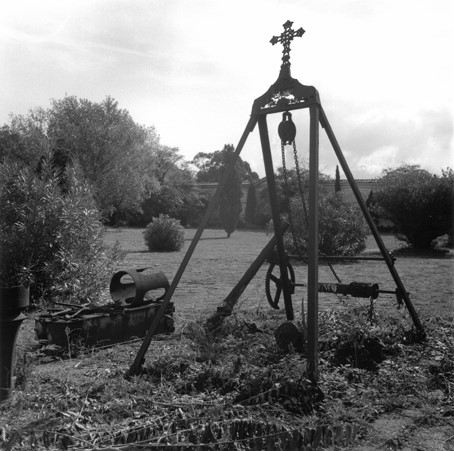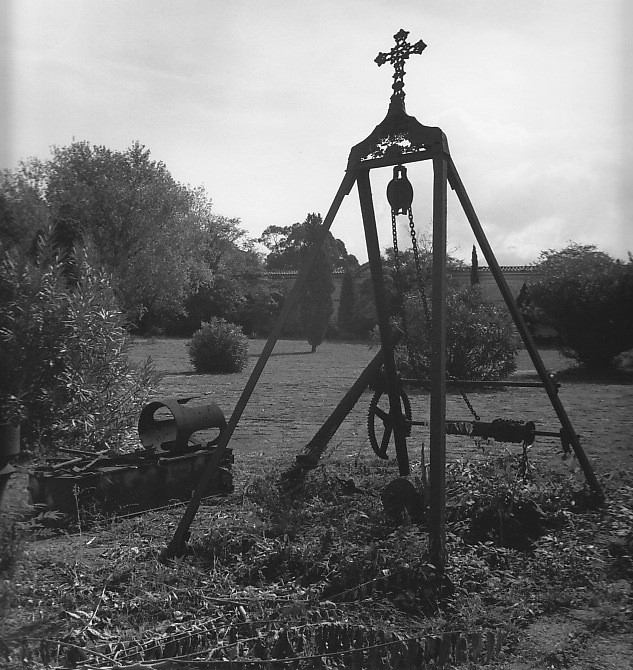Naples is a city that always keeps a few surprise cards up its sleeve. Despite knowing the city well, it was only a few months ago that I learnt of the existence of cemetery 366.

Naples is a city that always keeps a few surprise cards up its sleeve. Despite knowing the city well, it was only a few months ago that I learnt of the existence of cemetery 366.
For much of the 18th century, Naples was the third largest city in Europe. The vast majority of its population lived in abject poverty without the means to afford their own burials. Frequent epidemics of cholera and typhus routinely devastated the city, resulting in large numbers of cadavers, but nowhere to put them. The Bourbon King Ferdinand IV turned to architect Fernando Fuga, who came up with an ingenious solution.
In a courtyard measuring 80m by 80m, 366 vertical shafts were dug. Each was sealed with a stone plug inscribed with the Roman numerals, I, II, III, IV and so on, each number denoting a day of the year (leap years were accommodated by the 366th shaft). On January 1, the stone marked I would be lifted and all the poor who had died on that day would be dumped into the shaft with some lime. The stone seal would then be re-placed and not re-opened again until January 1 of the following year, by which time the contents would have dissolved making room for the next load of deceased inmates. On January 2, the stone marked II would be lifted and those who had died on that day would be similarly interred. Using this simple system, two and a half million corpses were deposed of between 1762 and 1890.
Today, this walled graveyard is oddly devoid of atmosphere – you feel that two and a half million dead should have left their mark in some way. However, an element of gothic romanticism exists in the form of a rusty old winch, which still stands in one corner of the yard. Legend has it that it was bequeathed to the cemetery by an English baroness who’s daughter had died of Cholera while in the city. Horrified by the indignity of the daily dumpings, the baroness supplied this device in the hope that it might offer some gravitas to the proceedings. But it’s difficult to see how it would have functioned. Presumably, first the corpse would have been placed in the iron coffin, which to this day lies by the side of the winch, and lowered into the shaft, then the coffin would have been retrieved and reused again, again and again: macabre but efficient.
This efficiency is the most fascinating part of Cemetery 366. In a city with a well-deserved reputation for anarchy and chaos, it’s extraordinary that a system of such ruthless pragmatism could have functioned at all, let alone succeeded for quite so long. It’s too much of a cliché to describe Naples as a city of contradictions, but I think it’s safe to say that it does exhibit some pronounced schizophrenic tendencies.
Johnnie Shand Kydd is a photographer based in London. He has just published his third book Siren City, a celebration of the city of Naples.
